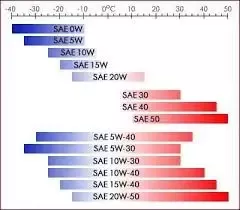Oil can affect the crankshaft position sensor, which is crucial in modern engines. Let’s delve into the details:
- Symptoms of a Bad Crankshaft Position Sensor:
- Check Engine Light: A common sign of a faulty crankshaft position sensor is your dashboard’s illuminated check engine light. When this light appears, your Engine Control Module (ECM) has reverted to default measurements. While this may cause some performance issues, addressing it promptly can prevent further damage.
- Excessive Engine Vibrations: A malfunctioning sensor disrupts engine optimization and timing. Incorrect readings lead to a bumpy ride, and delaying repairs can exacerbate the problem.
- Reduced Engine Performance: Whether or not the check engine light is on, a faulty sensor affects performance. Suboptimal timing results in reduced top speed, acceleration, and fuel economy.
- Difficulty Starting Your Vehicle: If the sensor is significantly out of sync, starting your vehicle becomes challenging. Prolonged issues may lead to additional underlying problems.
- Oil Contamination and Crankshaft Sensors:
- Dirty Oil: Over time, engine oil accumulates debris, dirt, and particles. If this contaminated oil comes into contact with the crankshaft position sensor, it can leave residue on its surface.
- O-Ring Compromise: If the O-rings near the sensor are compromised, oil may seep into the sensor.
- High Oil Pressure: Excessive oil pressure can force oil out from various points, including the area around the crankshaft position sensor.
In summary, maintaining a clean and functional crankshaft position sensor is essential for optimal engine performance. If you suspect sensor issues, consult a professional mechanic for proper diagnosis and timely repairs.
Read More:


